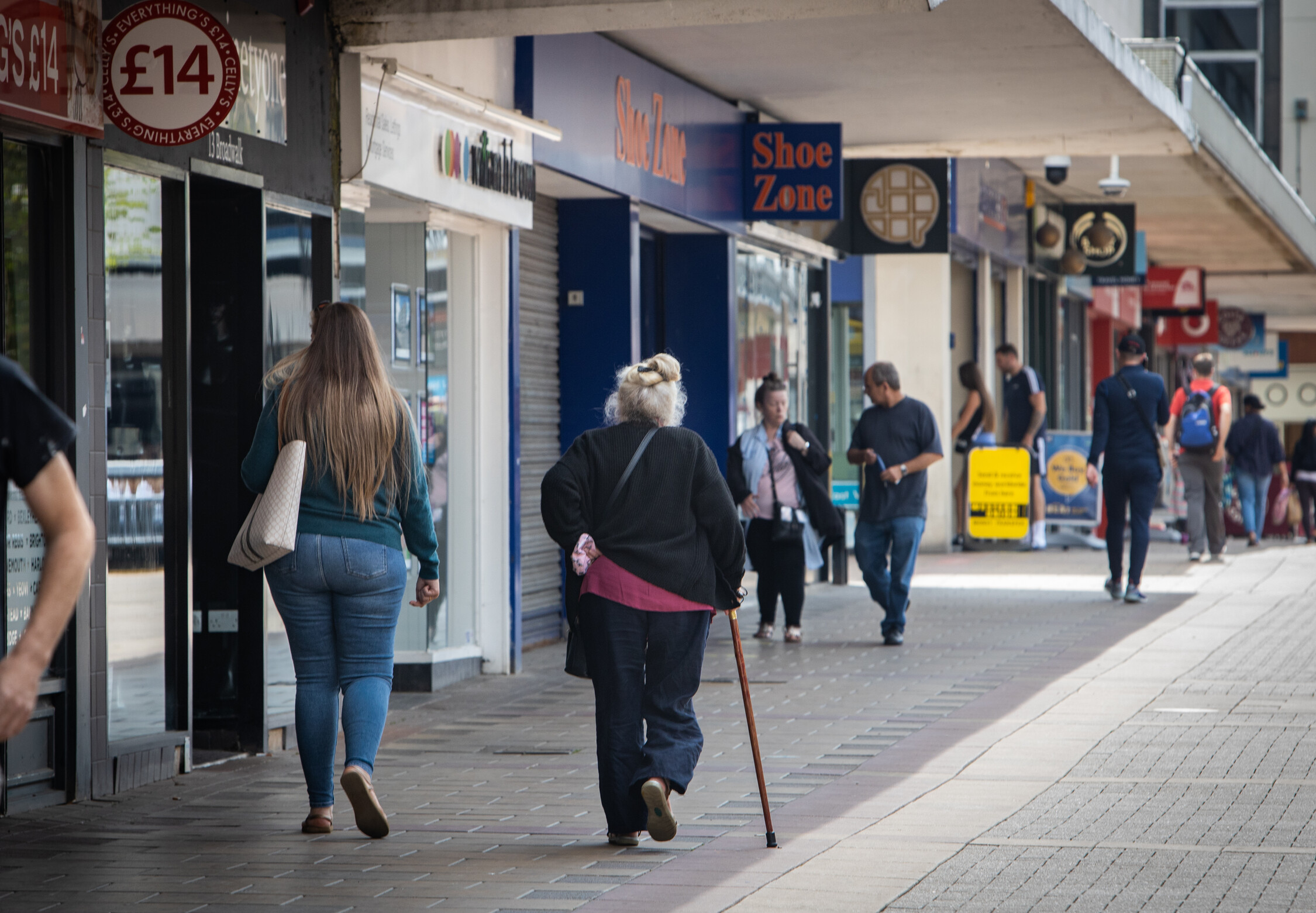

Centre for Ageing Better
Importance of walking in later life
Walking creates connection at a local level, fostering what Bourdieu calls social capital, knowing your neighbours, supporting one another, creating an environment where people help one another, linking people with their neighbourhoods and creating communities. If our pedestrian environment isn’t fit for purpose we risk losing the bonds with where we live, potentially increasing isolation and loneliness.
Above and beyond that walking is good for older people’s physical health. Regular walking or cycling can reduce cardiovascular disease by around 30% and reduce all-cause mortality by 20%, through reducing the risk of coronary heart disease, stroke, cancer, obesity and type 2 diabetes. It also keeps the musculoskeletal system healthy, keeps joints flexible, improves balance and coordination and can reduce potential for falls.
Older people talk about how important walking is for their mental health too,
“The walking makes me feel better I suppose. I feel less stiff and even though I might feel tired afterwards I feel sort of refreshed. I don’t feel that driving, I always got stressed about parking and the traffic and it became such a worry” (female, walker, aged 80; Musselwhite, 2018)
Barriers to walking
Musselwhite (2021) notes key infrastructural barriers to walking as not having a dedicated pavement, sidewalk or walkway to walk on free from other users, especially vehicles. When a pavement, sidewalk or walkway is provided is must be well maintained, easy to use, and not be cluttered with street furniture or parked cars, for example.
Crossing the road is a key pinchpoint for older people and needs to be carefully managed with appropriate crossing facilities that facilitate enough time to cross the road and give older people confidence that traffic will stop.
Tactile pavements with blistered surfaces need to be carefully managed and adhere to legislation and rules and not act as a barrier to older people walking.
Drop kerbs need to be appropriately sited for older people to help them cross the roads and shouldn’t create too many undulations along a continuous pavement.
A lack of toilets and benches make it hard to complete walks of longer distances and need to be provided regularly on key walking routes.
Roads being too wide are both difficult to cross and create a place for speeding vehicles, narrower roads help older people use the space.
Roads need to be well lit and fear of crime reduced where possible. A space can become unattractive to walkers because of noise or air pollution.
The climate must be catered for too, with space to shelter from hot sun or rain and wind. Pavements must be kept free from ice and snow to allow people to walk without fear of falling.

Improving walking
Musselwhite (2021) concludes with recommendations for improvements in enabling more older people to walk:
- Improving the safety and accessibility of the space (keeping vehicle speeds down, having dedicated and continuous, well-maintained pavements, that are clutter free. Having benches and toilets placed on key routes. Having good facilities for crossing the road).
- Improving the legibility of the space (readable streetscape for pedestrians, with maps and signage, allow enough space for older people to navigate them and other users, thinking about how people use building to navigate).
- Improve the space to be distinctive and aesthetically pleasing (including keeping streets attractive through use of shelter, vegetation, water, colours and creating mystery and intrigue to encourage use and keeping spaces playful. Also exploring how local people may take ownership and control over the look and feel of their local walkways and pavements).

References and further reading
Musselwhite, C.B.A. (2021). Prioritising transport barriers and enablers to mobility in later life: A case study from Greater Manchester in the United Kingdom, Journal of Transport and Health, 22, 10185.
Musselwhite, C. (2021). Designing Public Space for an Ageing Population: Improving Pedestrian Mobility for Older People. Bingley, UK: Emerald.
Newton, R. A.. (2013) Pedestrian Crossings. I’DGO. Inclusive Design for Getting Outdoors Design Guidance 4. Available at http://www.idgo.ac.uk/pdf/PedestrianCrossings.pdf (accessed 29 March 2021)
Newton, R. A., Ormerod, M. G., Burton, E., Mitchell, L. and Ward-Thompson, C. (2010). Increasing independence for older people through good street design. Journal of Integrated Care 18(3), 24–29.
Shaftoe, H., (2008). Convivial urban spaces: Creating effective public places. London: Earthscan
Sugiyama, T. and Ward Thompson, C. (2007) Outdoor environments, activity and well-being of older people: conceptualising environmental support. Environment and Planning A 39(8), 1943– 1960.